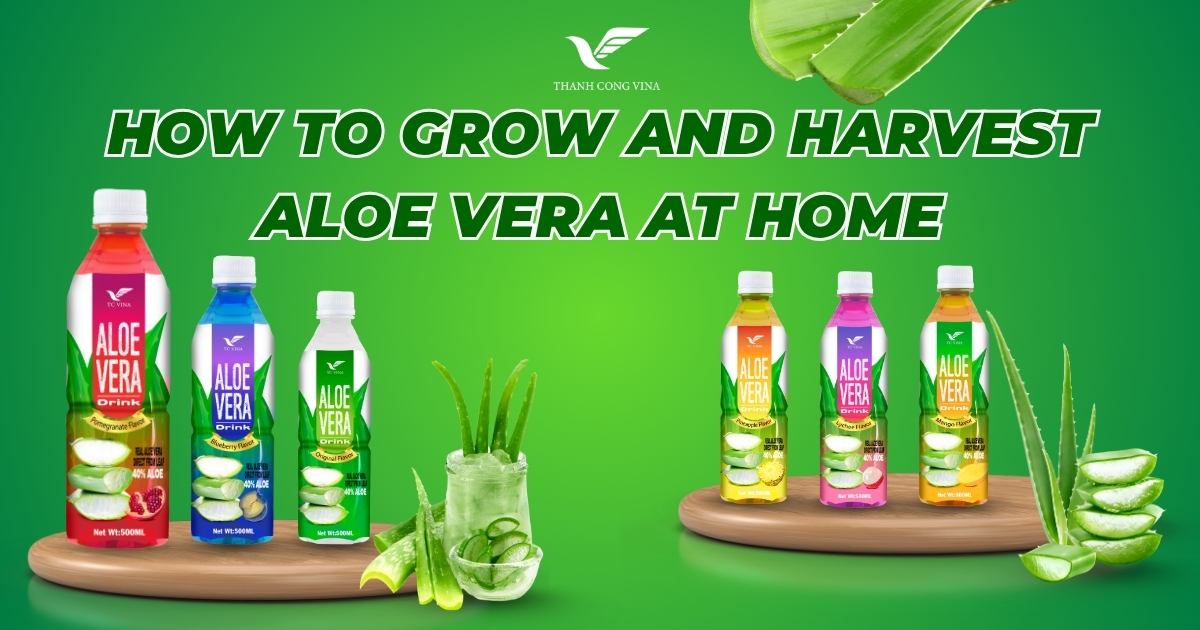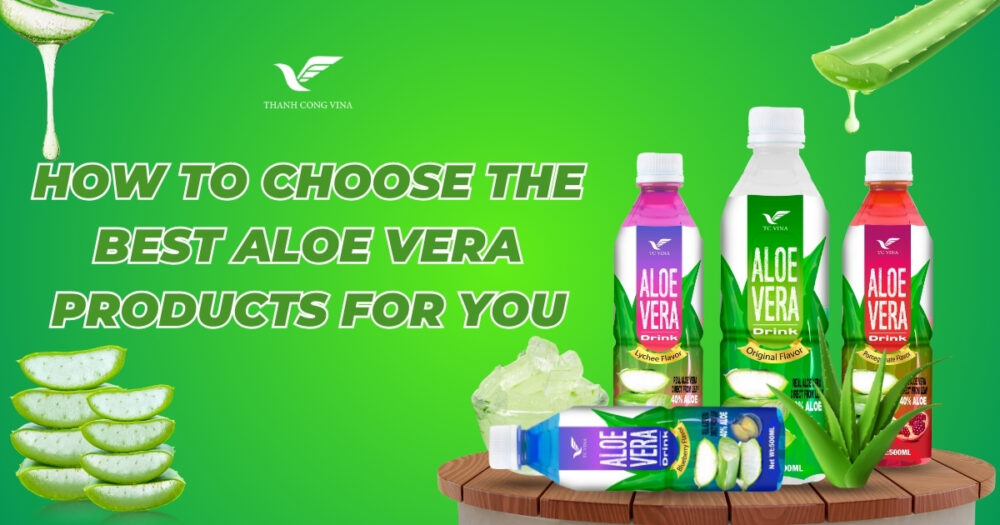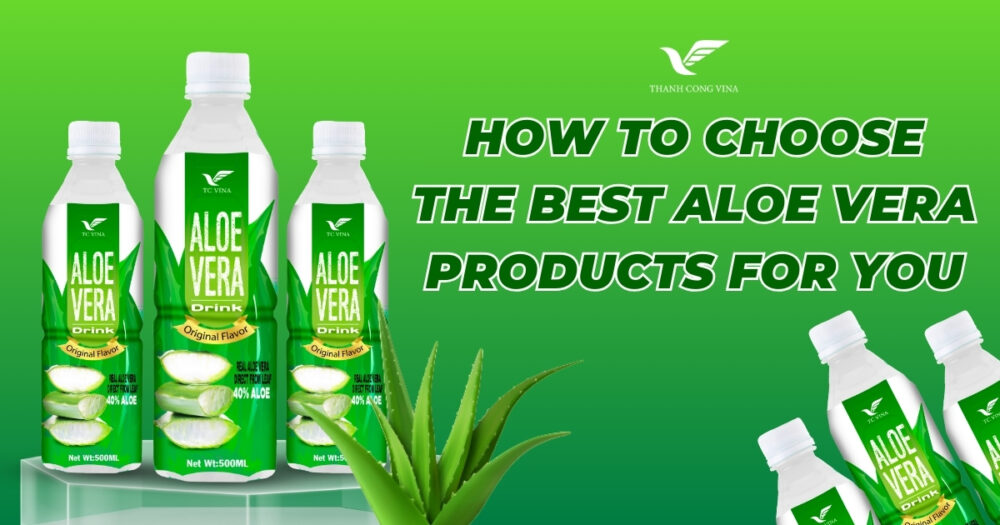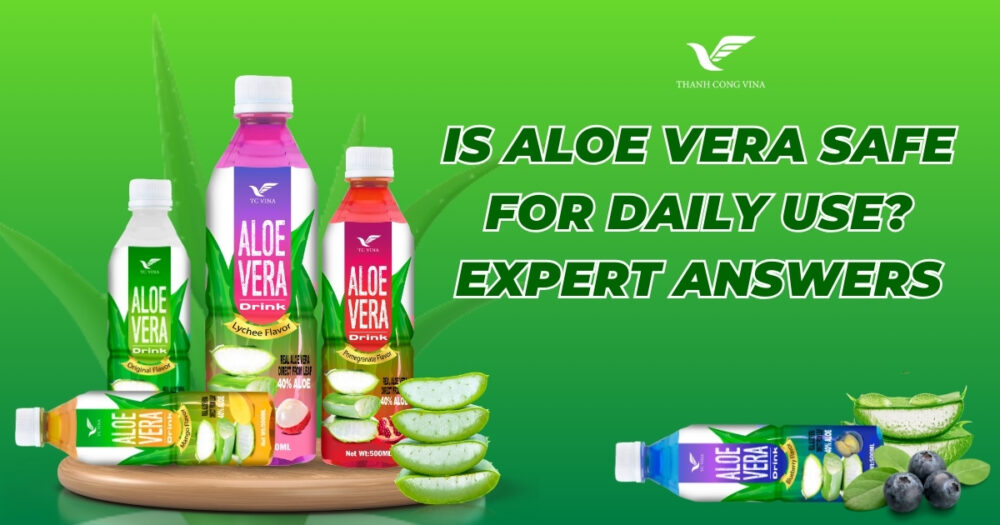Aloe vera has been celebrated for centuries as one of nature’s most powerful healing plants. Known for its soothing gel and medicinal properties, it is widely used in skincare, health remedies, and even as an ingredient in food and beverages. Growing your own aloe vera at home is an excellent way to enjoy a steady supply of this versatile plant, reduce household expenses, and enhance your living space with greenery.
In this comprehensive guide, you will discover how to grow and harvest aloe vera at home, no matter your level of gardening experience. Whether you live in a small apartment, have a backyard garden, or simply want a low-maintenance plant with incredible benefits, aloe vera is the perfect choice.
Why Grow Aloe Vera at Home?
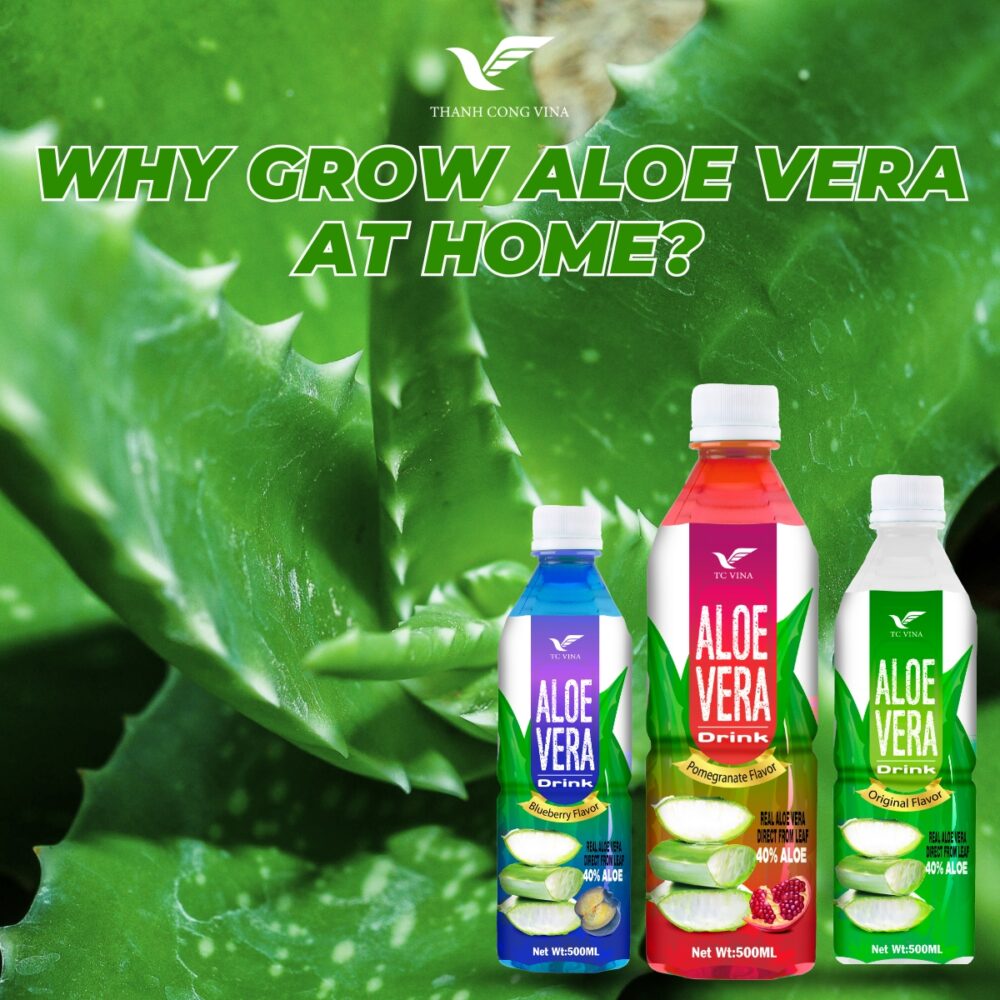
Why Grow Aloe Vera at Home?
There are countless reasons to grow aloe vera at home, especially considering its health and wellness advantages. Homegrown it is free from harmful chemicals, accessible anytime, and offers both practical and decorative benefits. With its fleshy green leaves and striking appearance, aloe vera serves as both a healing herb and a houseplant.
Aloe vera gel is widely used to soothe sunburns, treat skin irritations, and promote wound healing. In the beauty industry, it is a key ingredient in natural skincare products, hair care formulas, and moisturizers. Many people also use it in homemade drinks, smoothies, and wellness tonics for its digestive and hydrating properties.
By learning how to grow and harvest aloe vera at home, you can ensure a constant, organic source of this remarkable plant while saving money and reducing waste.
Understanding Aloe Vera: Plant Characteristics and Benefits
scientifically known as Aloe barbadensis miller, is a succulent native to arid climates. It thrives in dry, warm conditions and requires minimal care compared to many other plants. Its long, pointed leaves are filled with a gel-like substance rich in vitamins, minerals, enzymes, and amino acids.
Aloe vera offers numerous benefits, including:
- Natural skin hydration
- Soothing burns and cuts
- Relieving skin irritations and rashes
- Supporting digestion when consumed in proper quantities
- Improving air quality as a houseplant
With proper care, plants can live for years, producing new offshoots known as pups that allow you to expand your collection or share plants with others.
Choosing the Right Aloe Vera Variety

Choosing the Right Aloe Vera Variety
While many varieties of aloe exist, the most commonly cultivated for home use is Aloe barbadensis miller, recognized for its large, fleshy leaves and high-quality gel content.
When selecting a plant, purchase from a reputable nursery or garden center to ensure you are getting a true medicinal variety. Avoid ornamental aloes, as they may not produce beneficial gel and, in some cases, can be toxic if consumed.
Thanh Cong Vina, as a leading supplier of aloe vera-based products, uses premium Aloe barbadensis miller sourced from carefully managed farms to guarantee quality and purity in every product.
How to Grow Aloe Vera at Home: Step-by-Step Guide
Growing aloe vera at home is simple, even for beginners. The following steps will help you cultivate healthy, thriving plants indoors or outdoors.
Step 1: Selecting the Ideal Location
Aloe vera loves sunlight. Choose a spot that receives at least six to eight hours of bright, indirect sunlight daily. Windowsills, balconies, patios, or garden areas with plenty of light are ideal.
While it can tolerate direct sun, especially outdoors, excessive exposure may cause leaf browning or sunburn. Indoors, rotate the plant occasionally to ensure even growth.
Step 2: Choosing the Right Pot and Soil
Aloe vera thrives in well-draining soil. Use a pot with drainage holes to prevent water from accumulating at the roots, which can cause rot.
For the soil, opt for a cactus or succulent mix. Alternatively, create your own blend using regular potting soil mixed with sand, perlite, or pumice for improved drainage.
Step 3: Planting Aloe Vera
If starting with a mature aloe vera plant or offshoot:
Fill the pot with prepared soil, leaving space for the roots
Gently remove the aloe from its current container, shaking off excess soil
Place the plant in the new pot, covering the roots with soil and ensuring the base of the leaves sits above the soil line
Press the soil lightly around the plant and water sparingly
New offshoots, called pups, can also be propagated by separating them from the mother plant and planting them in individual containers.
Step 4: Watering Aloe Vera Correctly
It is drought-tolerant and does not require frequent watering. Overwatering is one of the most common mistakes for care.
Water the plant only when the top two inches of soil feel completely dry. Typically, this means watering every two to three weeks, with less frequency during cooler months.
Ensure excess water drains from the pot and never allow the plant to sit in standing water.
Step 5: Fertilizing Aloe Vera
It is a low-maintenance plant that does not need heavy feeding. For best results, apply a diluted, balanced liquid fertilizer once or twice during the growing season (spring and summer).
Avoid fertilizing during winter, as aloe vera enters a dormant phase and requires minimal nutrients.
Step 6: Managing Temperature and Humidity
Aloe vera prefers warm temperatures between 18°C to 30°C (65°F to 86°F). It can tolerate brief periods of cooler weather but should be protected from frost or freezing conditions.
If growing outdoors in colder climates, bring the plant indoors during winter. Indoors, maintain average room humidity and avoid placing the plant near cold drafts or heaters.
Step 7: Encouraging Plant Growth and Propagation
With proper care, will produce new offshoots, which can be separated and planted to grow additional it plants.
Allow pups to mature to at least one-third the size of the mother plant before separating. Gently remove the offshoot with roots attached and plant it in a separate container following the same soil and care recommendations.
How to Harvest Aloe Vera Safely and Effectively
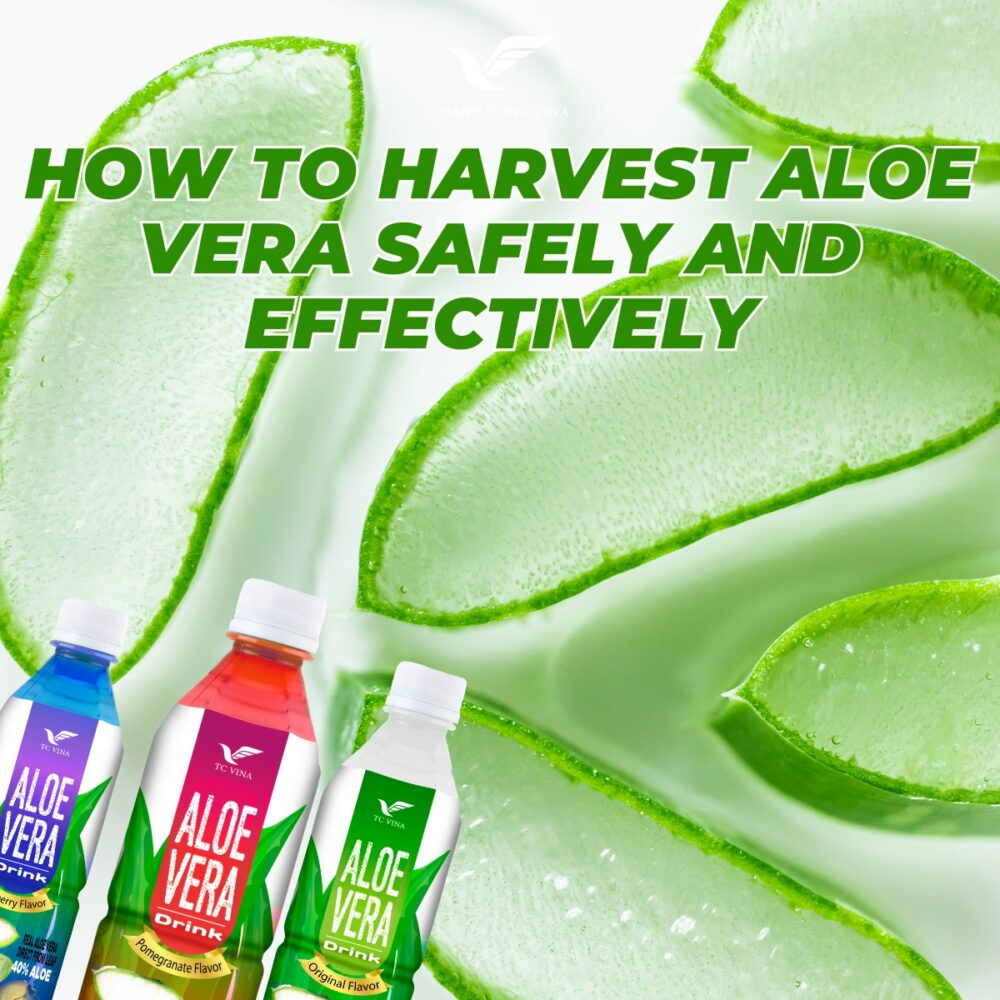
How to Harvest Aloe Vera Safely and Effectively
Harvesting aloe vera at home is straightforward and provides access to fresh, organic aloe gel whenever needed.
Best Time to Harvest
Wait until the plant is mature, with leaves at least 20 to 25 cm (8 to 10 inches) long. Typically, it plants take one to two years to reach harvestable size.
For the most potent gel, harvest leaves from the outermost edges, as they are the oldest and contain the most nutrients.
Harvesting Process
- Select a healthy, thick leaf near the base of the plant
- Use a sharp, clean knife or scissors to cut the leaf as close to the stem as possible
- Allow the yellowish sap (aloin) to drain from the cut end if desired, as it may cause skin irritation or digestive discomfort
- Rinse the leaf with water and pat dry
- Slice the leaf lengthwise to reveal the inner gel, which can be scooped out with a spoon
The clear, jelly-like substance is safe for topical use and, when properly prepared, can be used in food or beverages. Always research correct preparation methods if consuming aloe vera internally to avoid side effects.
Frequency of Harvesting
Avoid harvesting more than one-third of the plant at a time to allow for continued healthy growth. With proper care, will continue producing new leaves for years, offering a renewable supply.
Storing and Using Aloe Vera Gel
Freshly harvested aloe vera gel can be used immediately or stored for later use.
For short-term storage, place the gel in an airtight container in the refrigerator for up to one week. For longer storage, can be frozen in ice cube trays and used as needed for skin soothing or health remedies.
Aloe vera gel is commonly used for:
Soothing sunburns, minor burns, and skin irritations
Hydrating dry or sensitive skin
Creating DIY skincare products like masks and moisturizers
Adding to smoothies or detox drinks in small, properly prepared amounts
Thanh Cong Vina produces high-quality aloe vera-based products, including beverages, that utilize premium aloe gel harvested from carefully cultivated plants to ensure safety and maximum nutritional benefits.
Common Aloe Vera Growing Challenges and Solutions
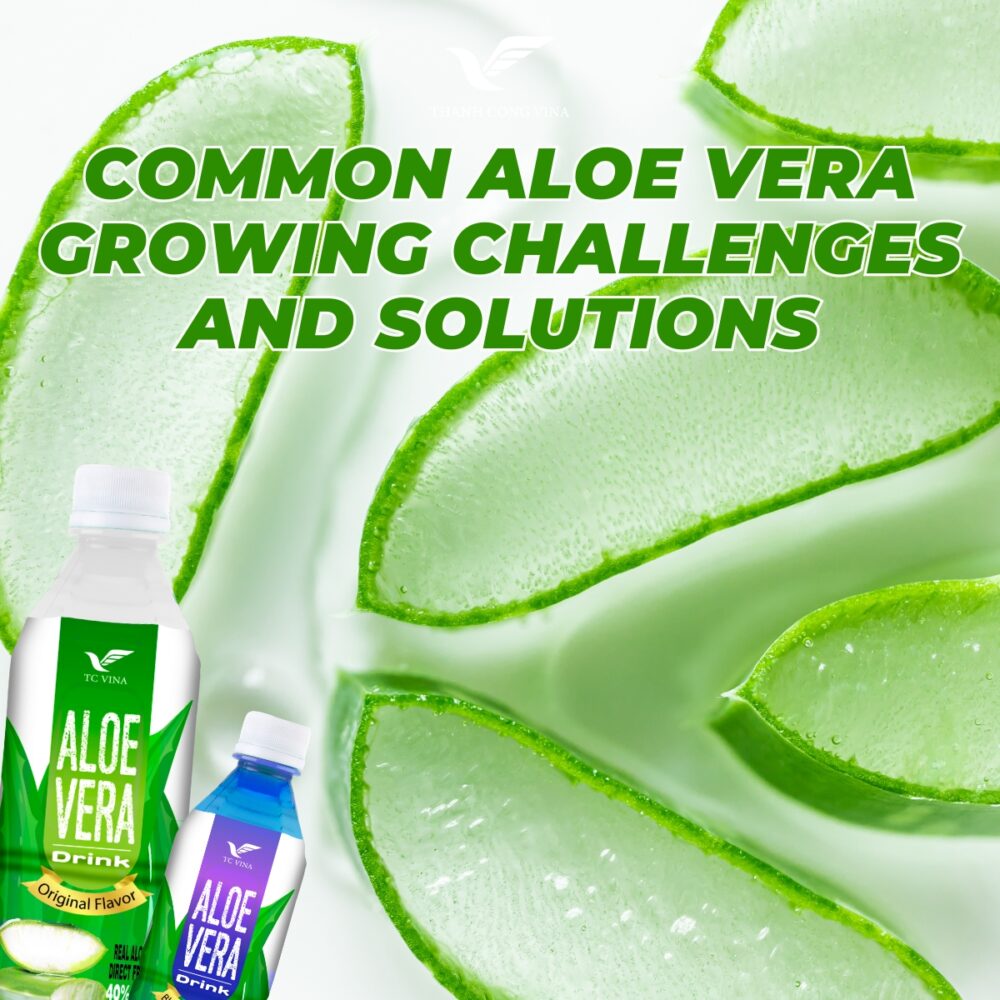
Common Aloe Vera Growing Challenges and Solutions
Even though it is low maintenance, some common issues may arise:
Overwatering: Leads to root rot. Solution: Water only when soil is completely dry.
Lack of Sunlight: Causes leggy growth. Solution: Move plant to a brighter location.
Leaf Browning: May result from sunburn or underwatering. Solution: Adjust light exposure and watering routine.
Pest Infestations: Such as mealybugs. Solution: Treat with natural insecticidal soap.
With consistent care and attention, these problems can be easily managed, and your aloe vera plant will thrive.
Benefits of Growing Aloe Vera for Personal and Family Health
it is a natural, affordable solution for supporting everyday wellness. Its gel can be used to manage common skin concerns, while its juice, when properly prepared, supports digestive health and hydration.
Homegrown aloe vera ensures:
Access to fresh, chemical-free gel
Sustainable beauty and health remedies
An attractive, air-purifying plant in your living space
Educational opportunities for children to learn about plant care
Incorporating it into your daily routine provides both practical benefits and peace of mind, knowing the source of your wellness products.
The Role of Aloe Vera in Thanh Cong Vina’s Product Excellence
Thanh Cong Vina has built a reputation as a trusted supplier of aloe vera-based beverages and wellness products. Our commitment to quality begins with the cultivation of premium it plants.
We work closely with local farmers and agricultural experts to ensure our is:
Grown sustainably without harmful chemicals
Harvested at peak maturity for maximum potency
Processed under strict food safety standards
Certified for international markets including ISO, HACCP, HALAL, and FDA
Whether you are growing aloe vera at home or seeking high-quality aloe products for your health, Thanh Cong Vina delivers pure, safe, and effective solutions trusted worldwide.
Conclusion
Learning how to grow and harvest aloe vera at home empowers you to take control of your health, beauty, and household wellness. This resilient plant offers natural solutions for skin care, minor wounds, digestive support, and more.
With minimal care, aloe vera thrives in various environments, making it ideal for beginners and seasoned gardeners alike. Whether you use aloe for its soothing gel, decorative qualities, or incorporate it into your diet, homegrown it is a valuable addition to any home.
For those seeking ready-to-use, expertly prepared it products, Thanh Cong Vina offers a wide range of beverages and wellness solutions crafted with the highest standards of quality and sustainability.
Experience the natural benefits of it, starting in your own home, and trust Thanh Cong Vina to support your journey toward better health and beauty.

